PETALING JAYA: Macau scammers, who have conned Malaysians out of a whopping RM256mil this year, specialise in tricking victims into believing they’re in a jam that they can only get out of by handing over money.
How do they do it?
It starts with a phone call. They introduce themselves either as a policeman, bank officer, PosLaju worker or various other fake identities.
Step two is the fake story.
They tell their potential victims that they are being investigated for money laundering, or that a package addressed to them has been seized by the police and found to contain illicit items. There are many other similar storylines they use.
Their motive is to scare victims into believing they’re in trouble... unless they transfer money into certain bank accounts, or set up “mule accounts” – bank accounts registered under the victim’s name but which are controlled by the scammers.
To find out what these criminals’ bag of tricks looks like, we studied all the news reports we could find about Macau scam cases in Malaysia this year, published by The Star and other local news media.
In all, the 71 news reports we examined were based on statements or media conferences by the police.
https://clips.thestar.com.my/Interactive/scammercall/scamcalls.mp4
Here’s what we found: Macau scammers have many fake stories and identities
From the news reports, we found that Macau scammers use at least 18 different stories to carry out their cons. Check them out in the graphic below:
<div style="width: 100%;"><div style="position: relative; padding-bottom: 150%; padding-top: 0; height: 0;"><iframe frameborder="0" width="1600px" height="2400px" style="position: absolute; top: 0; left: 0; width: 100%; height: 100%;" src="https://view.genial.ly/5f968aedb93d6a0ff8f4c2ad" type="text/html" allowscriptaccess="always" allowfullscreen="true" scrolling="yes" allownetworking="all"></iframe> </div> </div><div style="width: 100%;"><div style="position: relative; padding-bottom: 150%; padding-top: 0; height: 0;"><iframe frameborder="0" width="1600px" height="2400px" style="position: absolute; top: 0; left: 0; width: 100%; height: 100%;" src="https://view.genial.ly/5f968aedb93d6a0ff8f4c2ad" type="text/html" allowscriptaccess="always" allowfullscreen="true" scrolling="yes" allownetworking="all"></iframe> </div> </div><div style="width: 100%;"><div style="position: relative; padding-bottom: 150%; padding-top: 0; height: 0;"><iframe frameborder="0" width="1600px" height="2400px" style="position: absolute; top: 0; left: 0; width: 100%; height: 100%;" src="https://view.genial.ly/5f968aedb93d6a0ff8f4c2ad" type="text/html" allowscriptaccess="always" allowfullscreen="true" scrolling="yes" allownetworking="all"></iframe> </div> </div><div style="width: 100%;"><div style="position: relative; padding-bottom: 150%; padding-top: 0; height: 0;"><iframe frameborder="0" width="1600px" height="2400px" style="position: absolute; top: 0; left: 0; width: 100%; height: 100%;" src="https://view.genial.ly/5f968aedb93d6a0ff8f4c2ad" type="text/html" allowscriptaccess="always" allowfullscreen="true" scrolling="yes" allownetworking="all"></iframe> </div> </div>https://view.genial.ly/5f968aedb93d6a0ff8f4c2ad<div style="width: 100%;"><div style="position: relative; padding-bottom: 150%; padding-top: 0; height: 0;"><iframe frameborder="0" width="1600px" height="2400px" style="position: absolute; top: 0; left: 0; width: 100%; height: 100%;" src="https://view.genial.ly/5f968aedb93d6a0ff8f4c2ad" type="text/html" allowscriptaccess="always" allowfullscreen="true" scrolling="yes" allownetworking="all"></iframe> </div> </div><div style="width: 100%;"><div style="position: relative; padding-bottom: 150%; padding-top: 0; height: 0;"><iframe frameborder="0" width="1600px" height="2400px" style="position: absolute; top: 0; left: 0; width: 100%; height: 100%;" src="https://view.genial.ly/5f968aedb93d6a0ff8f4c2ad" type="text/html" allowscriptaccess="always" allowfullscreen="true" scrolling="yes" allownetworking="all"></iframe> </div> </div>
Some Macau scammers have also gone high tech.
After telling potential victims that they are suspected of having been involved in a crime, they would then ask them to download a computer application file or go to a website in order to enter their banking details.
The apps and website that the scammers create bear the logo of bodies such as Bank Negara Malaysia.

Source: Commercial Crime Investigation Department (CCID) Facebook page (https://www.facebook.com/JSJKPDRM/)Source: Commercial Crime Investigation Department (CCID) Facebook page (https://www.facebook.com/JSJKPDRM/)
Macau scammers, according to the news reports, impersonated officers from at least 10 different types of law enforcement agencies or financial institutions.
To make their con more convincing, they sometimes claim to be high ranking officials.
The following are some samples of just a few of the many actual fake identities used by some of the scammers and how they cheat their victims:
https://view.genial.ly/5fb101bc8224a710119a4190
Following are the Macau Scam stories which The Star has carried since January this year, divided by the type of official the scammer impersonates. Click pause to manually scroll through the cards. Click on any card to read the full story,
Housewife cheated out of RM60k by 'policeman' in Macau scam
https://www.thestar.com.my/news/nation/2020/08/24/housewife-cheated-out-of-rm60k-by-039policeman039-in-macau-scamhttps://view.genial.ly/5fb101bc8224a710119a4190https://view.genial.ly/5fb101bc8224a710119a4190
Woman in Penang loses RM20,000 in Macau scam
https://www.thestar.com.my/news/nation/2020/06/15/woman-in-penang-loses-rm20000-in-macau-scam
Flourish logoInteractive content by Flourish
More than 1,000 Macau Scam cases have been brought to court this year
The sample of 71 news reports which The Star examined is just the tip of the iceberg when compared to the number of cases police receive.
On Nov 16, Federal Commercial Crime Investigation Department (CCID) director Comm Datuk Zainuddin Yaacob said police recorded 5,218 Macau scam cases from January to October this year with losses amounting to RM256mil.
From the total cases recorded, the police managed to solve 2,676, with 1,420 cases charged in court.
Victims are mostly female and aged 51 and above
Comm Zainuddin said women make up the majority of victims with over 3,000 cases, adding that most of them were aged 51 and above.
The Star's analysis of cases reported in the media found the same victim profile trends.
Flourish logoA Flourish data visualization
Here's Inspector-General of Police Tan Sri Abdul Hamid Bador's advice to the public on how to avoid Macau scammers, specifically those who impersonate police personnel::
https://youtu.be/Yo04-aGjvgs
According to Abdul Hamid, we should not easily believe those who call us claiming to be policemen.
To verify that the caller is a policeman, he advised the public to insist on meeting with the caller at a police station.
He said the public should not reveal any details about their bank accounts to unknown callers.
There are many resources that provide advice on how to avoid becoming a scam victim, as well as timely alerts on the latest scammer tactics.
Among the most useful is the "Cyber Crime Alert Royal Malaysia Police" Facebook page of Bukit Aman's Commercial Crime Investigation Department (CCID).
The Facebook page can be accessed here..
Related posts:
Hello, Penang police calling ... Macau Scammers reap RM2.7mil
How to outsmart smartphone scammers ?





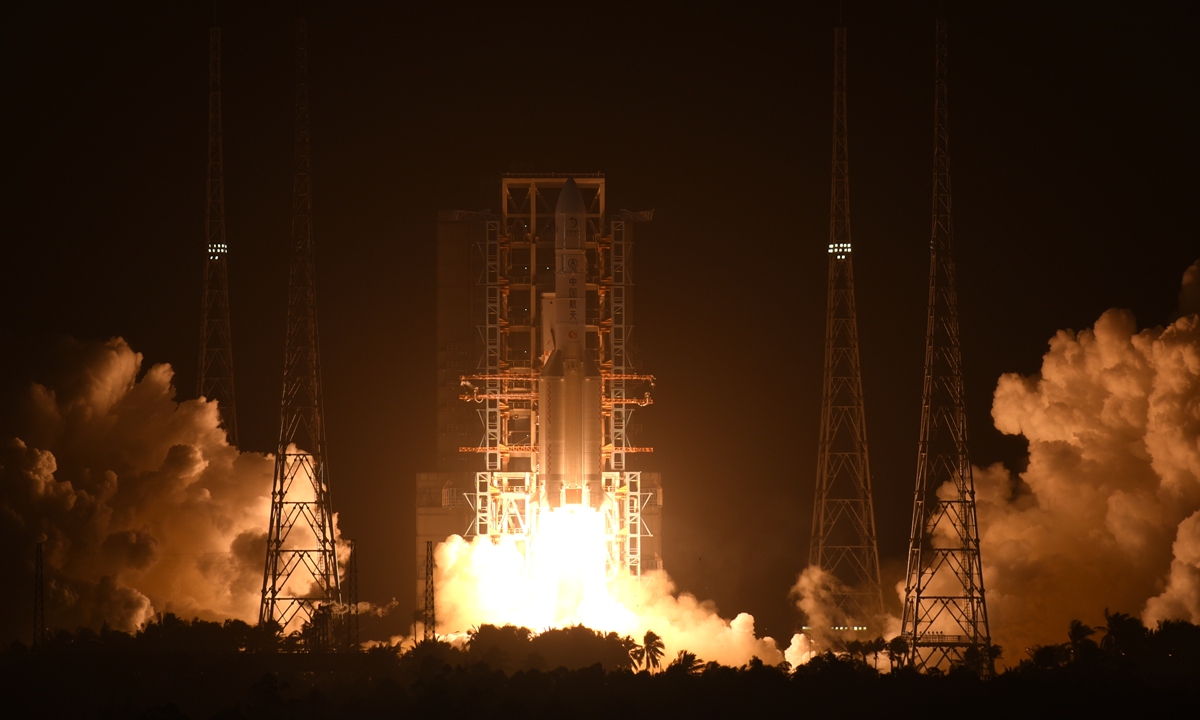
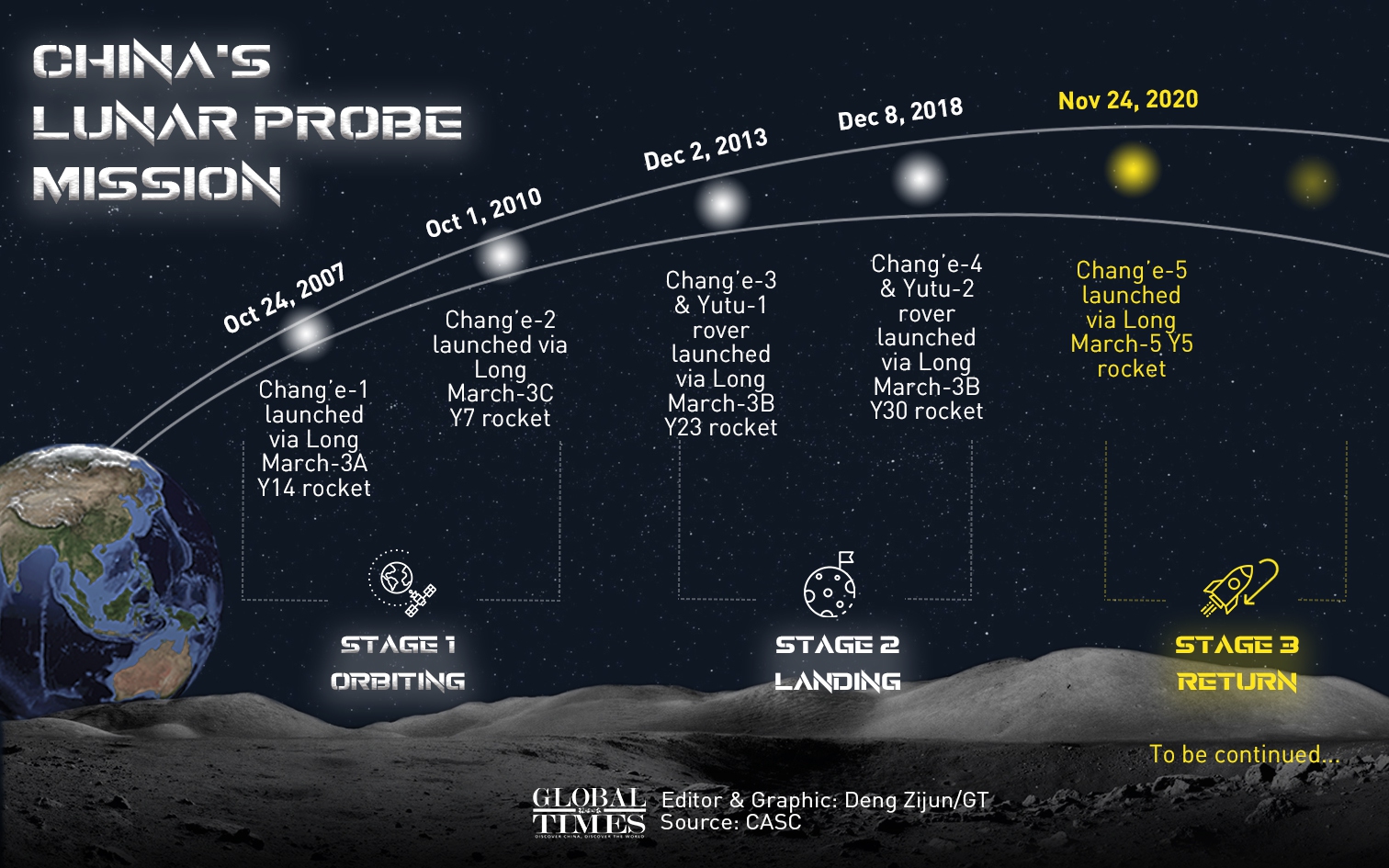
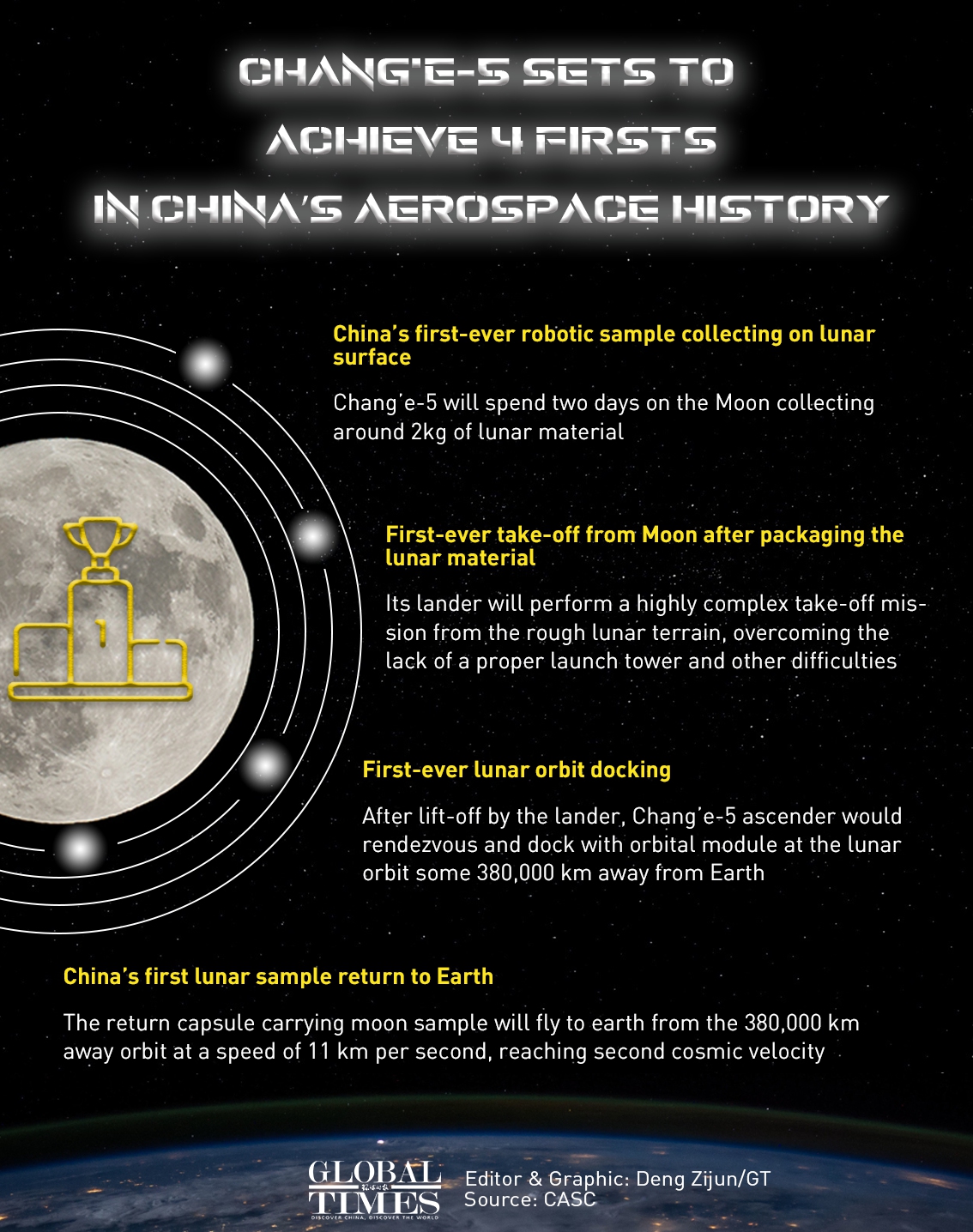
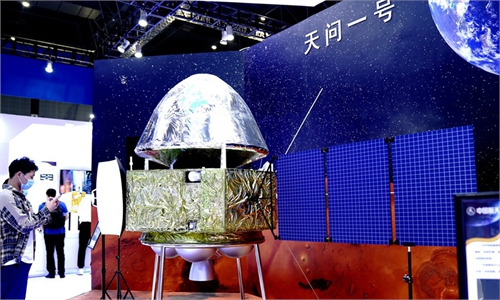
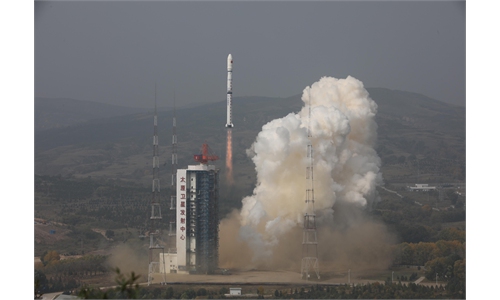
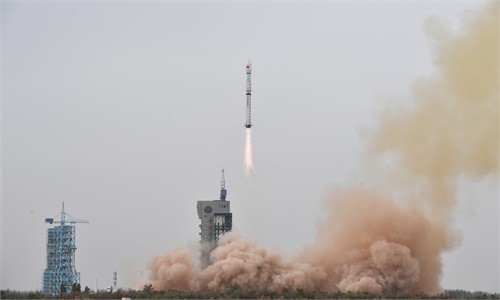
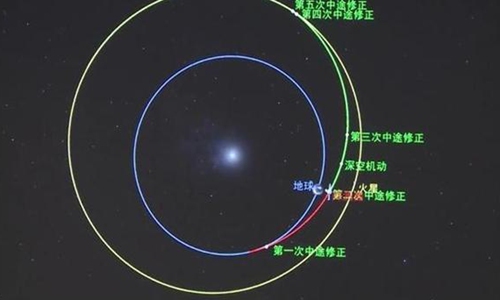
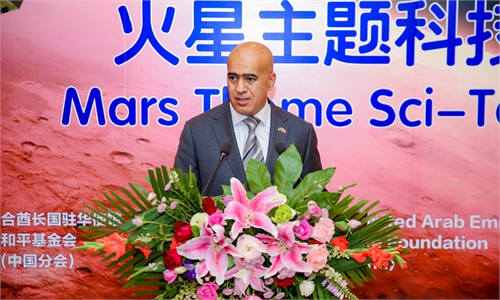
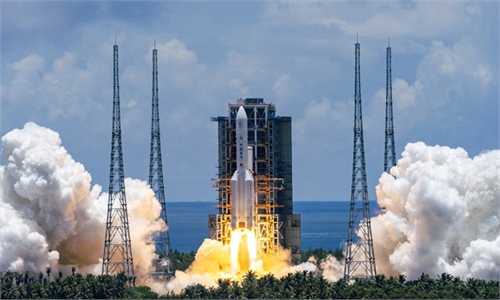
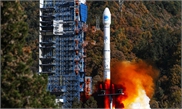
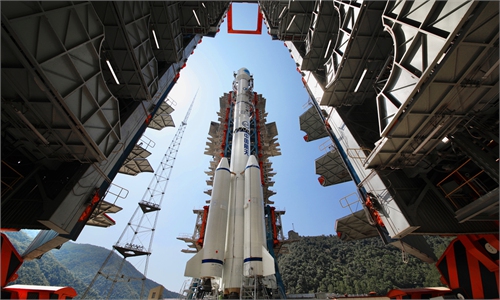
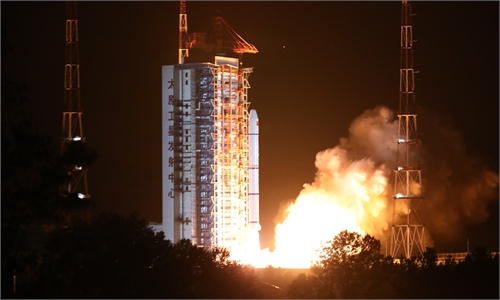
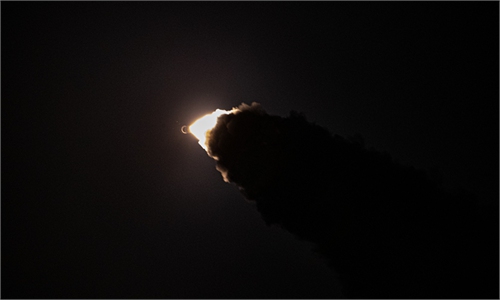
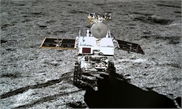

 Economic solidarity: Asia-Pacific leaders attending the fourth RCEP meeting as part of the 37th Asean Summit in Hanoi, Vietnam, last week. — Reuters
Economic solidarity: Asia-Pacific leaders attending the fourth RCEP meeting as part of the 37th Asean Summit in Hanoi, Vietnam, last week. — Reuters


